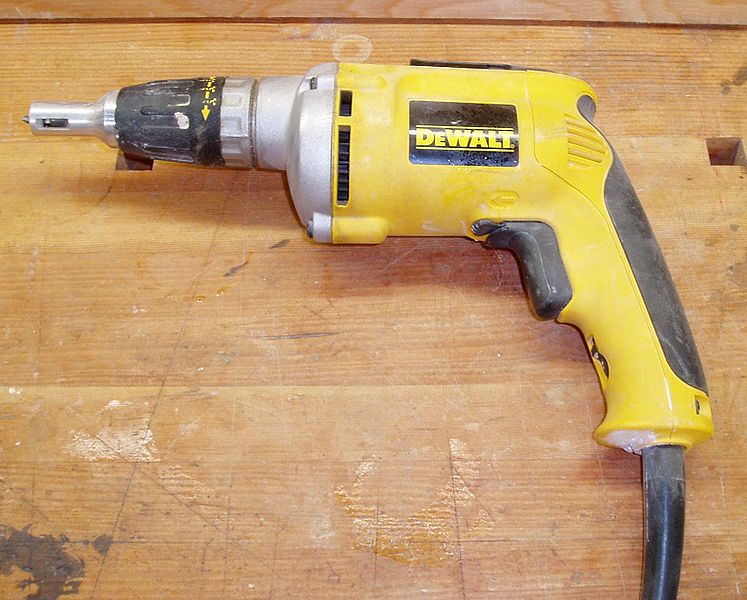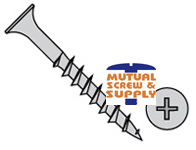What are Sheetrock Screws?
A Quick Review
Sheetrock screws, which are also known as drywall screws are extremely sturdy and long enough to be applied on drywall or sheet rock surface. These are made up of black phosphate and comprises of finished steel.
The unique cornet-shaped angle present beneath the head enhances the bearing area against the easily ruptured drywall surface.
These fasteners render better holding capacity as compared to nails and hence reduce the chance of popping out, thereby preventing any damage to the panel. These are used for fastening drywall to wooden or metal studs.
.png)
Ad Nauseam
Sheetrock® is the business name for USG Corporation’s drywall product, which is also known by several other names in different nations, such as Gibraltar board, plasterboard, gypsum board, wallboard, GIB wall, ceiling linings and rock lath.
It is manufactured in specific designs, so as to meet the construction standards put forward in building codes. The most important feature of this fastener is that it saves considerable amount of time, which is required to upright, the ceilings and interior walls in any form.
Although there are various procedures involved in the sheetrock screws installation, there are certain techniques applied, particularly in new constructions.
What’s in a name?The name drywall suggests that walls made of certain materials are constructed without using water. A long-prevailing issue with plaster was that it took considerable time for drying, as it was installed wet, and the workers had to wait for this layer to dry-up before proceeding for the next one. The word gypsum is derived from the Latin term gypsos, which means plaster. |
Specifications
These screws are designed in various sizes, including 48 inches, 96 inches and even 144 inches. These rivets are used determining the various requirements by different building codes and studs, made up of hollow steel sheets or wooden beams. These studs are used to support the interior walls and are positioned at about 16 inches gap. While the general ceiling height is 8 feet, the sheetrock screws’ dimensions alleviate them both vertically and horizontally, with every step featuring several proponents.
This 16-inch gap signifies the center of each stud. After all the fasteners have been inserted, the walls are then constructed using joint compound. This compound is spread over both the joints and screw holes between each joint.
Once the composite dries up, the walls are then sanded smooth and ready for whitewash.
The countersunk heads of the drywall screws are the most essential features. The entire fastener lies smooth with the surface of the sheet, thereby creating a great finish. The countersunk head helps in restricting the screw from damaging the paper surface, which is usually a common problem with all the nails.

Types & Uses
The sheetrock screws are usually of two types: Type ‘W’ and Type ‘S’. While the first one includes the wooden screws, featuring coarse and wide threads, the later one includes metal rivets, which are used along-with the steel framing members.

Another great feature of these fasteners is that they feature an edged and notched head, which can easily insert into the steel framing and their fine threads help them even penetrate into the steel surface.
Leave a Reply